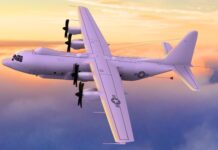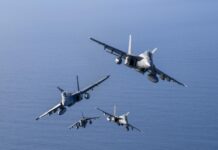The US Navy has declared initial operational capability (IOC) with the F/A-18 E/F Infrared Search and Track (IRST) Block II system, Naval Air Systems Command (NAVAIR) announced on 4 February 2025.
IOC with the system, which actually occurred in November 2024, providing the US Navy’s Super Hornet fleet with an enhanced capability to search, detect and track airborne targets at long range.
At the core of the capability is the IRST21 long-wave infrared search-and-track sensor produced by Lockheed Martin, which passively detects airborne targets well beyond visual range and acts as a complementary sensor to the aircraft’s AN/APG-79 fire control radar in a heavy electronic attack or radar-denied environment.
On the Super Hornet the IRST21 sensor is integrated in the front of the centreline fuel tank.
The system achieved IOC after completing initial operational test and evaluation with Air Test and Evaluation Squadron (VX) 9. The F/A-18 and EA-18G Program Office (PMA-265) partnered with military, civilian and contractor personnel from VX-31 and VX-23 to leverage a novel combination of operational and developmental test facilities and assets throughout 2024.
The US Navy brought IRST to the fleet through an evolutionary acquisition approach across two phased blocks. In 2011 Block I integrated an existing IRST system onto the F/A-18 fuel tank and in 2019 the fleet operated the system as part of an early deployment. Block II added an improved sensor, upgraded processor and additional software, with a first deployment planned in 2025.
A full-rate production decision for the system is scheduled for the spring of 2025 to authorise the US Navy to fully outfit its carrier-based F/A-18E/F Super Hornet squadrons with IRST Block II.
“Reaching IRST IOC is an important milestone in our overarching efforts to deliver advanced integrated warfighting capability to the fleet,” Rear Admiral John Lemmon, the US Navy’s Program Executive Officer for Tactical Aircraft Programs, was quoted as saying in a NAVAIR press release. “IRST provides data for our aircrew to improve reaction time and survivability while remaining unaffected by radio frequency jamming.”
“With this game-changing leap in passive sensing technology, IRST21 will fundamentally reshape how air warfare is conducted while keeping pilots ahead of threats,” Hank Tucker, vice president of Mission Systems for Lockheed Martin’s Sensors &Global Sustainment organisation, was quoted as saying in a company press release. “We’re proud to enhance the Super Hornet with an advanced sensor system that ensures strategic superiority in evolving threat environments.”
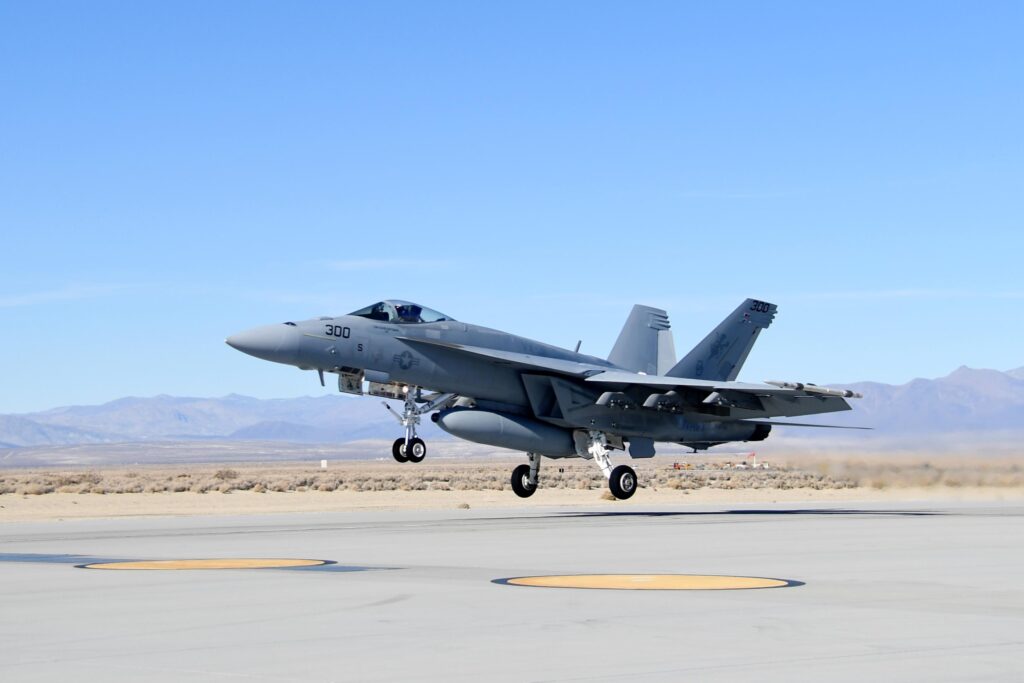


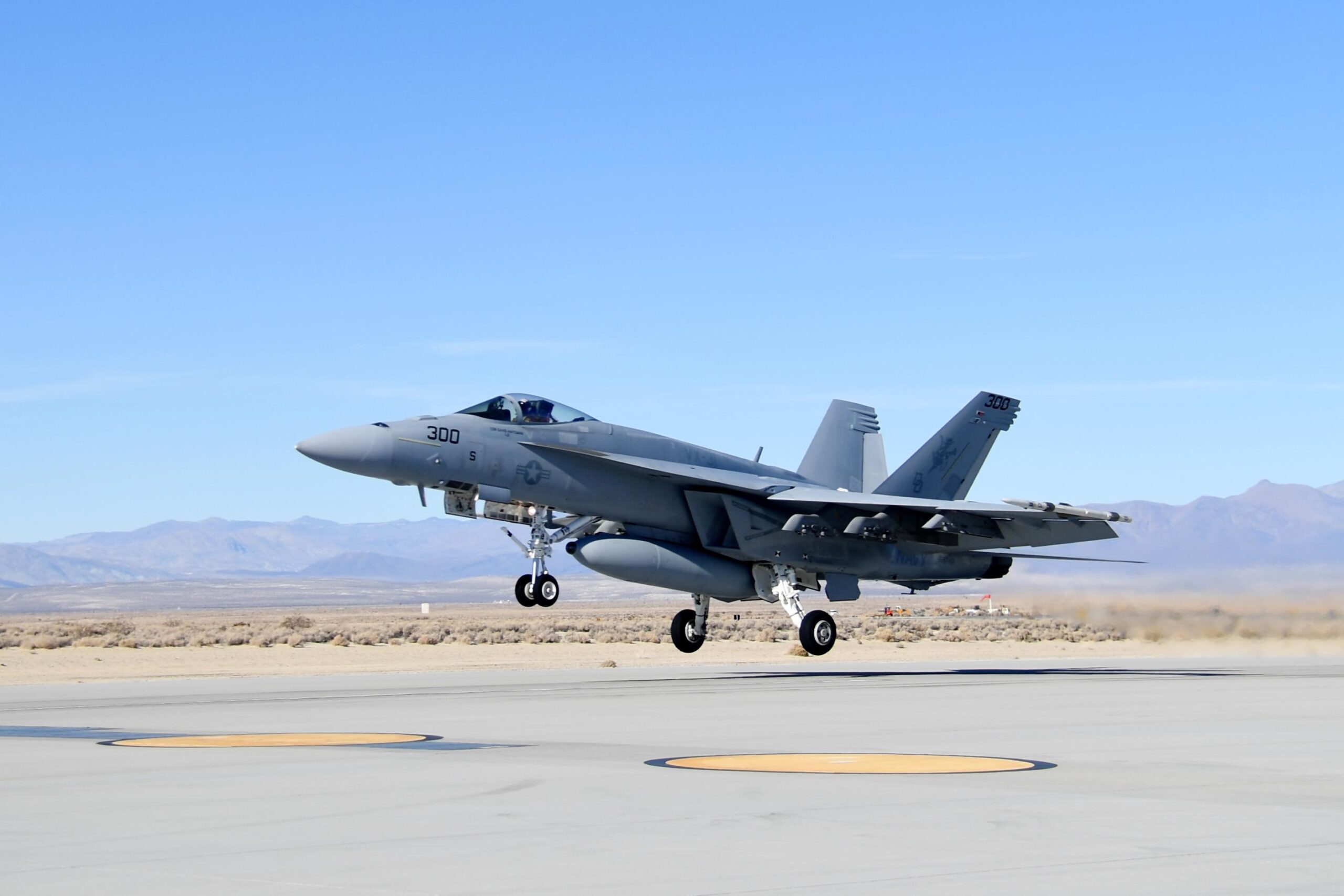


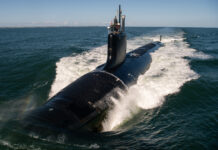
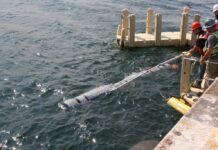
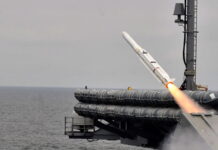
![Hybrid navies: Integrating uncrewed capability into carrier strike The US Navy (USN) carrier USS John C Stennis (left), the French Navy carrier FS Charles de Gaulle, and elements of their strike groups are pictured sailing together in US Fifth Fleet’s area of operations. The US, French, and UK navies are all developing ‘hybrid’ crewed/uncrewed mixes for their carrier airwing capability. [US Navy]](https://euro-sd.com/wp-content/uploads/2025/09/2-HST-CdG-USN-Kopie-218x150.jpg)


